Get your brand name translation right
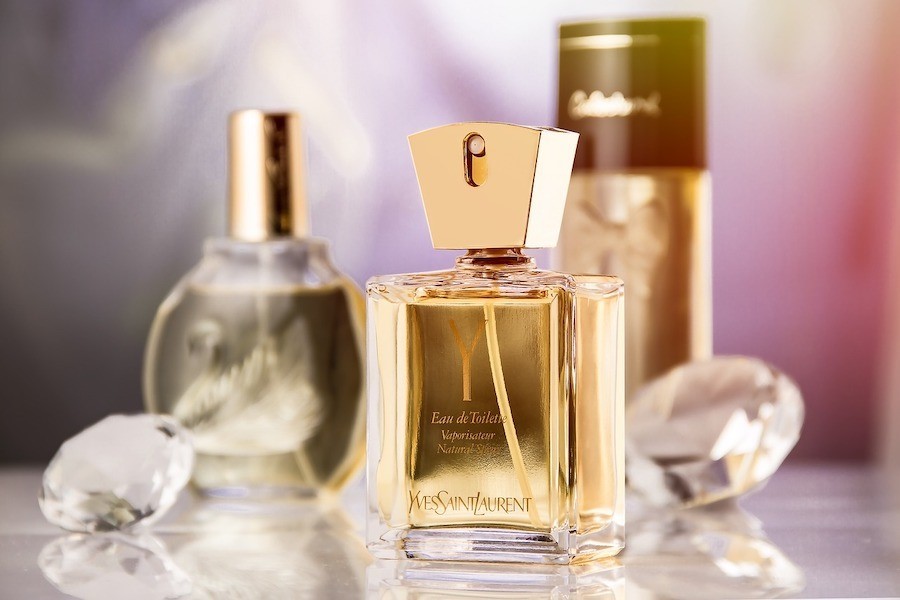
When it comes to dual localization, brand name translation, especially into languages such as Chinese, Japanese, and Arabic, can be very sensitive, and despite the fact the end result may only consist of one or two words or characters, the amount of time, research, and effort involved to arrive at this point can be enormous. This is especially the case in China, where one character may have several meanings, and these meanings may morph into something completely different when paired with another character.
8 out of 10 brands localize their brand name when entering foreign markets. In markets like China it is necessary because local customers may not be able to pronounce your brand’s usual name.
To illustrate this, 好(hǎo) means “Good”, and 好坏 (hǎo huài) means “Very bad”!
What is the process of brand name translation?
When working on brand name translation, it is important to follow the methods applied by professional naming agencies. The goal is not only to find a Brand translation that will mean and/or sound the same as the original, but also to make sure the new name will be positive, sound right, be original, and fit the new location’s market.
Brand names can be translated in different ways. They may reflect phonetic specifications, meaning or be more independent, or include both.
The brand name translation process includes 4 key parts:
– Brand Image definition
– Definition of the target audience
– Benchmark of existing competition and their brand names
– Brand name translation
Brand Image Definition
When conducting research on Brand Image, one should include the brand’s attributes (what type of organization it represents, what it stands for, the meaning of its logo etc.), association (the meaning and emotions that the brand name brings out), targets (the type of audience the brand is aiming for), domestic market (the category to which its loyal customers belong), and price positioning (is it a luxury, mass market or niche brand?). This research is critical for creating a successful foundation to brand name translation.
The second step is about defining key words associated with the brand. This can be done in focus group studies. Ask your group what they think are the main associations people make when hearing your brand’s name. Then work around the key words they have used to describe your brand.
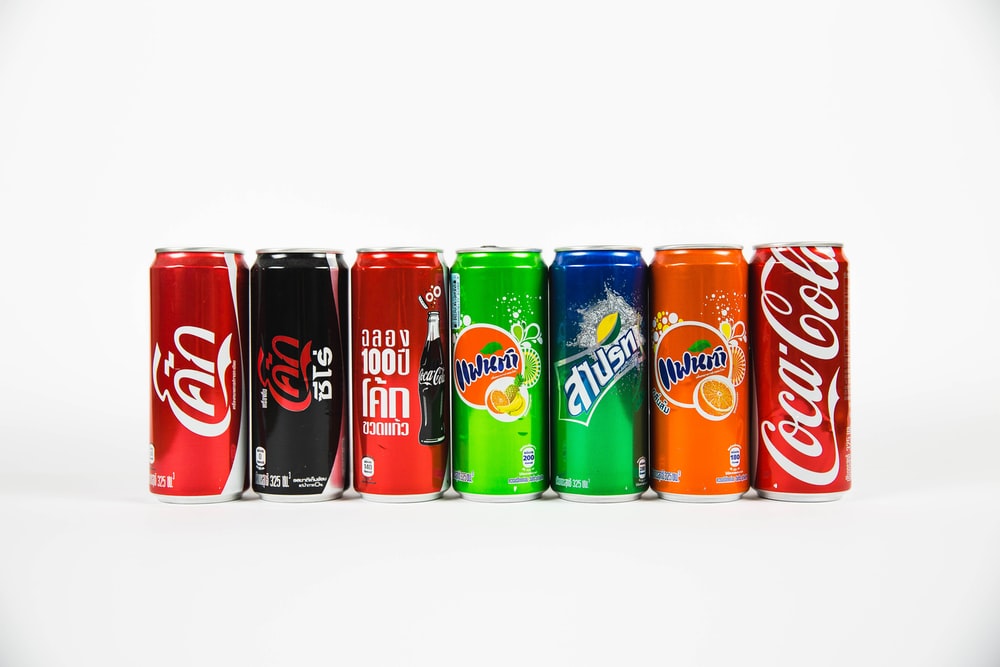
Image source: Hi-Com
Brand name localization is a common practice, even for the most famous brands out there.
For example, your focus group thinks that your brand is associated with modern fashion and ethical/responsible products. When describing high quality association, they use words like young, good quality, design, and fresh. And ethical association was all about sharing, support, and charity. Even with such limited information, brands like TOM’s come to mind. The goal is to create a new brand name that will not distract from the brand’s current image but at the same time, ensure it sticks in the minds of the brand’s new audience.
Definition of the target audience
The goal of this research is to find out who are we talking to. The Brand’s market research and your marketing strategy will be at their most useful here. If you are working on a brand name translation of a famous cognac brand that wants to enter China market, your market may be:
– 25-35 years old (demographic), youngsters and young-at-heart who are looking for a subtle and modern cognac
– They are energetic, modern, sophisticated drinker
Benchmark of existing competition and their brand names
One of the most important tasks here is to determine who the relevant competitors are, analyze their names and find similar trends.
Take into account the origins of your competitors, as translated and original names may play by different rules. Try to see what similarities the translated names have. Can you apply these trends to your brand name translation?
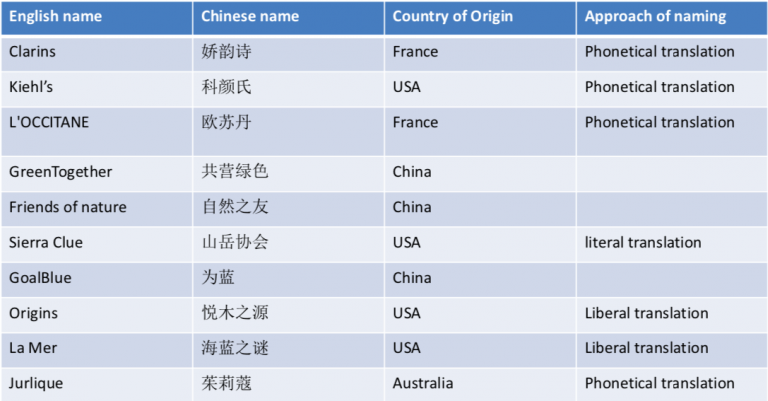
Image source: Hi-Com
Example of brand name analysis in the skin care industry in the Chinese market
Brand name translation – putting it all down
Now, when you have all you need, you can now start the actual brand name translation process. Decide on how important it is to be close to your original name phonetically. See how many syllables the brand name has, and (if you work with Chinese brand translation) what meaning each syllable shall have. Pay attention to cultural norms and habits. For example, Hyundai Accent had consistently declining sales in the Russian market, until it was renamed as Solaris.
Of course, a strong linguistic background is required to choose the best variations, that will not sound strange together.
How big brands translate brand names to Chinese
It is very important to leave brand name translation work to the Pros, otherwise you might end up on the pages of “failed marketing” articles. But be careful, even pros can fail. Therefore it is important to double check your results with an extra focus group before you make it official.
Funny on the ear
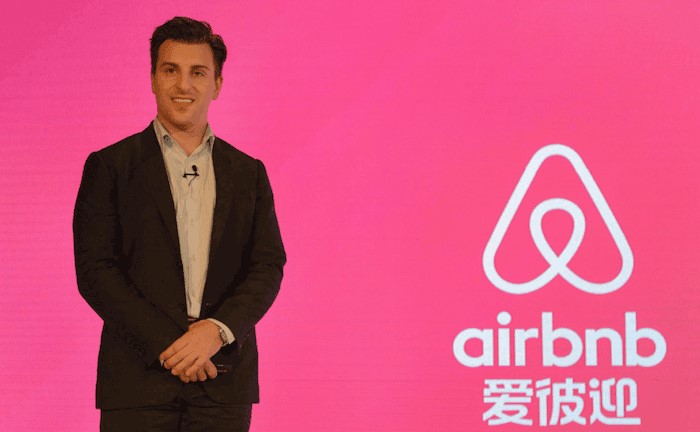
Image source: Hi-Com
Airbnb presents its new brand name in the Chinese market
A buzz around AirBnB’s new Chinese name 爱彼迎 (àibǐyíng) appeared after the seemingly innocent characters 爱 (love) and 迎 (welcome) (which does not mean, but sounds like another character 淫 (yín) with meaning of “”lust, excessive, loose” )were separated by a second character 彼, making the name sound a little like a word for female genitalia. The original meaning of 彼 is “those”, but its spelling is not so important, as it sounds the same. And considering that the business of Air BnB is based on inviting strangers to your home, this may give some a strange impression of the company’s main line of business…
Brand name translation: Missing the point
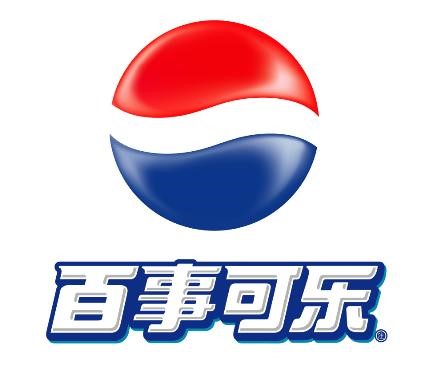
Image source: Hi-Com
Examples of major campaigns such as KFC’s “finger-lickin’ good” being translated to “bite your fingers off” in China a few decades ago, and Pepsi’s “Now it’s Pepsi for those who think young” translated as, “New Pepsi is for people with the minds of children” have basically become classics in failed marketing.
Brand name translation: Irrelevant meaning
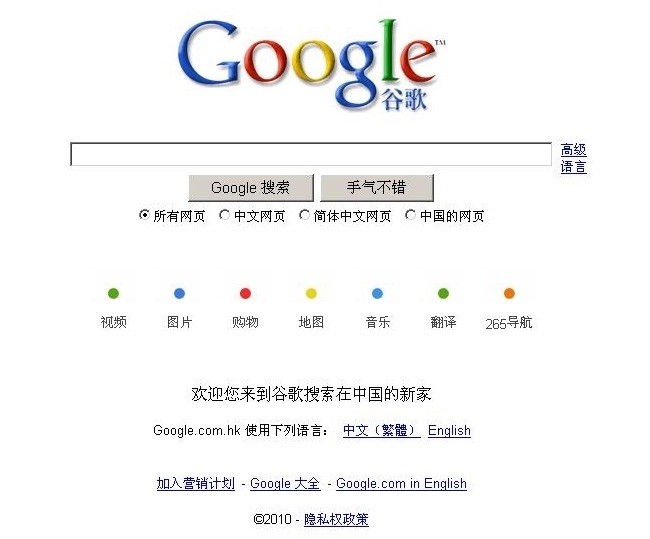
Image source: Hi-Com
When translating a brand name, keep in mind that the characters have to remind a customer of your scope of business. So if you are in the automotive industry, pick characters that represent speed, safety or even an animal like a “precious horse” (BMW with their 宝马 (bǎomǎ)), or a tiger on a road (Land Rover with 路虎(lùhǔ) ). If you work in the IT business, opt for words relating to “ideas”, “progress” or “knowledge”.
When Google picked 谷歌(gǔgē), which literally means “a village song”, their supporters were, let’s say, a bit confused. And in the case of Best Buy, 百思买 (bǎisīmǎi) their name is more of a warning: think a hundred times before buying!
Skipping a translation
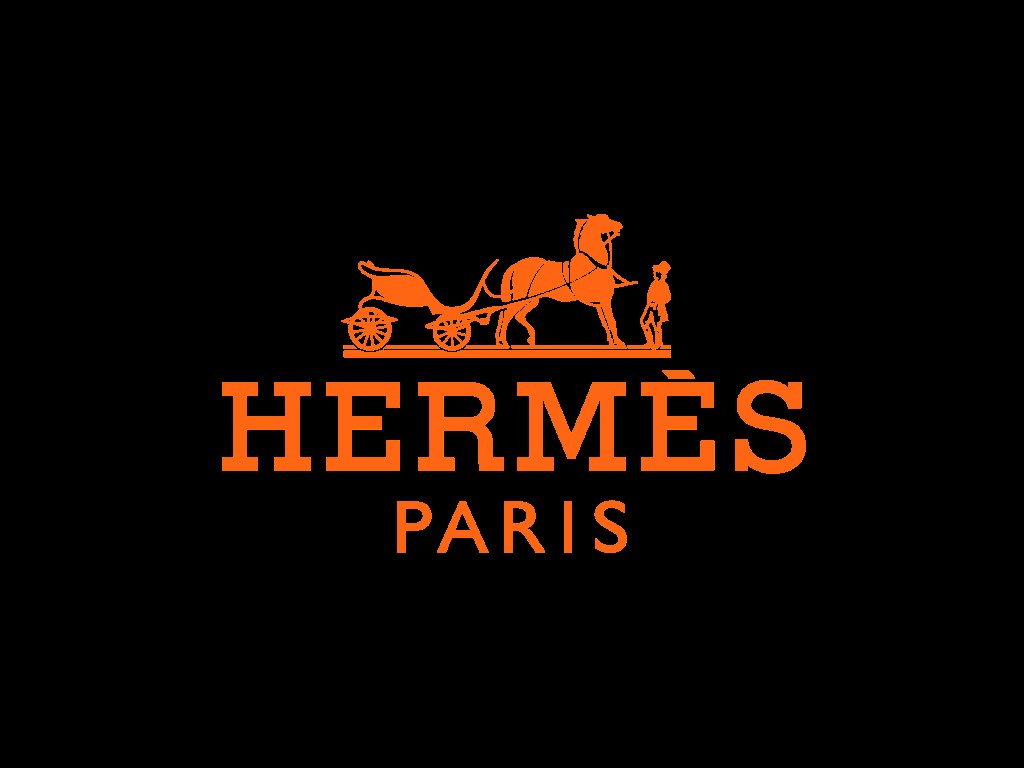
Image source: Hi-Com
So as you can see, it’s a minefield out there. No wonder some companies have never localized their brand name in China. Look at GAP, or Facebook, for example. But if the first one has 3 letters and somehow fits into local minds, the second one is called by the users as they please which can be a good excuse to turn a brand into a joke (脸书(liǎnshū)), and in the worst case scenario an English name of a brand will be long/complicated/unmemorable for Chinese customers, so they will just not talk about it, putting a stop to word-of-mouth. This actually happened to Hermes; for the first few years, Chinese customers simply did not talk about the brand, giving the company no choice but to pick a Chinese name.
You would think that companies as big and as prestigious as Hermes would know better and would never make poor judgment on such an important task as brand name translation, but apparently no one is immune. So think twice before deciding to do such a job in-house.
In the early 2000s, Dosirak instant noodles from Korea entered the Russian market. “Dosirak” is what is written on the Korean packaging to this day. The product did not sell well as the brand name sounded too funny to local ears (associated with a “person who is using toilet too much”), and the noodles were renamed to “Доширак” (Doshirak). Given that the letter “sh” doesn’t exist in Korean language.
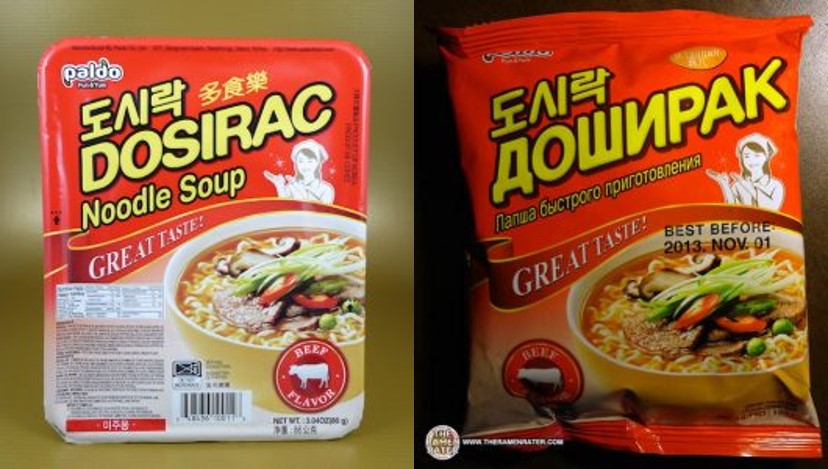
Image source: Hi-Com
This blog post was originally published by Melchers’ Partner Hi Com, an international communication and localisation agency. The original post can be found here.


